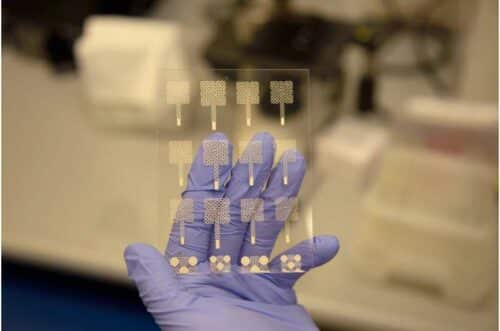Chiba University researchers have advanced AuNi electrocatalysts for hydrogen production, discovering increased hydrogen evolution reaction (HER) activity through Ni dealloying, presenting a promising non-platinum alternative.

Gold (Au)-based electrocatalysts, utilised for hydrogen production through water electrolysis, are chemically stable but show low hydrogen evolution reaction (HER) activity. As hydrogen gas becomes a key player in clean energy, the HER properties of AuNi alloy on single crystal Au surfaces have been studied, revealing atomic changes enhancing the AuNi/Au catalyst’s HER activity. While platinum is a common yet costly catalyst, Au offers higher stability but lower HER activity. The emergence of AuNi nanoparticles as a non-platinum option is significant, and a further improvement in their HER activity is vital.
Researchers at Chiba University have deepened their understanding of AuNi electrocatalysts by investigating their surface structure, atomic arrangement, and hydrogen evolution reaction (HER) activity. The team explored AuNi surface alloys prepared on single-crystal Au electrodes at various alloying temperatures, providing valuable insights into their characteristics and functionality.
The research team evaluated the HER activity of the AuNi/Au electrode by transferring it to an electrochemical cell with sulfuric acid and conducting cyclic voltammogram (CV) and linear sweep voltammogram (LSV) measurements. Through analysis using X-ray photoelectron spectroscopy (XPS) and surface X-ray diffraction (SXRD), they determined that the HER activity of AuNi/Au depended on the Au substrate’s surface structure. The team found that Ni dealloying improved the HER activity by creating defects on the surface. XPS and SXRD verification showed a decrease in atomic occupancy on the surface’s topmost layer due to Ni dissolution from the surface-alloy layer, and the low-coordination Au sites adjacent to Ni activated the HER.
This team claims that the study offers valuable insights into the structural and electrochemical characteristics of the AuNi surface alloy. It lays the groundwork for developing highly active and resilient Au-based catalysts suitable for real-world electrolysis and fuel cell use. By creating efficient non-platinum electrocatalysts, the research contributes to potential cost reductions in water electrolysis and enhancements in energy conversion efficiency. These advancements are vital steps in progressing towards a society fueled by hydrogen.







